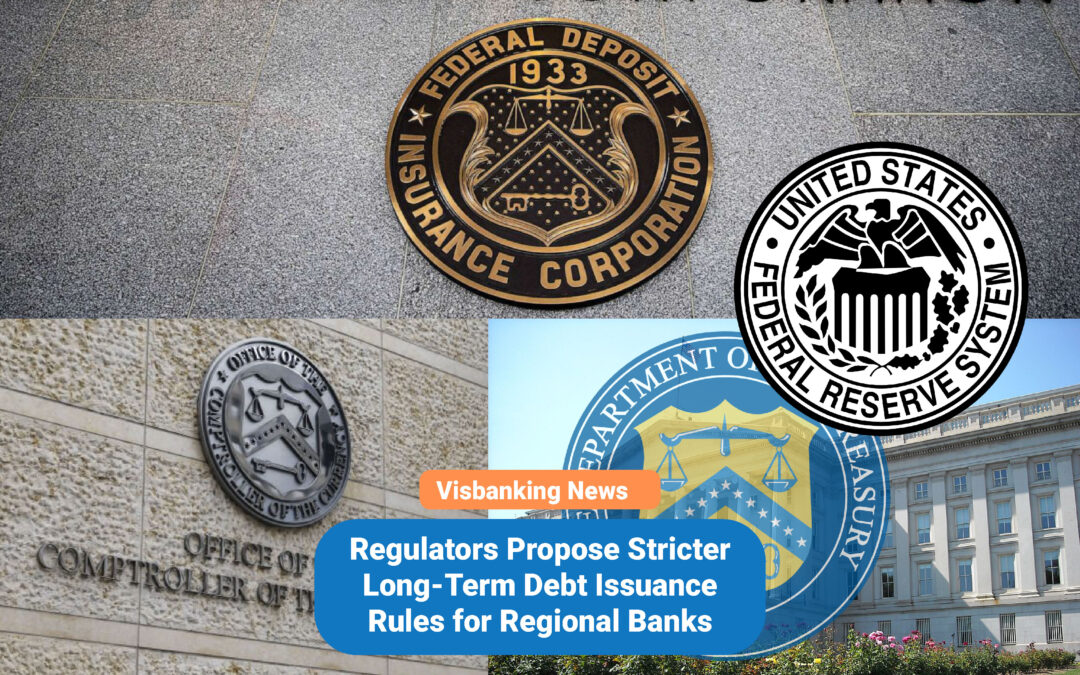Financial Dashboards: Designing Comprehensive Views of Investment Data
September 2, 2023 0
Designing a comprehensive financial dashboard for investment data is crucial for investors, financial analysts, and organizations to make informed decisions. A well-designed dashboard provides a visually appealing and easily understandable snapshot of financial performance, risk exposure, and investment opportunities. analyzing bank financial statements Here are key considerations for designing a comprehensive investment data dashboard:

- Define Objectives and Audience:
- Clearly define the objectives of the dashboard. What specific information does it need to convey? Who is the target audience (e.g., individual investors, fund managers, executives)?
- Choose the Right Metrics:
- Select key performance indicators (KPIs) relevant to your investment goals. Common metrics include ROI, asset allocation, portfolio diversification, risk exposure, and fund performance.
- Data Sources and Integration:
- Integrate data from various sources, such as brokerage accounts, financial databases, market APIs, and internal records. Real-time data integration is valuable for up-to-the-minute insights.
- Dashboard Components:
- Design the dashboard layout with components like charts, graphs, tables, and text elements.
- Use interactive elements (e.g., filters, drop-down menus) to allow users to customize the view based on their preferences.
- Visualization Techniques:
- Choose appropriate visualization techniques (e.g., line charts, bar graphs, pie charts, heatmaps) for different types of data. Ensure clarity and avoid clutter.
- Use color coding and annotations to highlight important trends or anomalies.
- User-Friendly Interface:
- Prioritize user-friendliness and intuitive navigation. Users should be able to understand the data quickly without extensive training.
- Include tooltips and legends for data interpretation.
- Responsive Design:
- Ensure the dashboard is responsive and accessible on various devices (e.g., desktops, tablets, smartphones).
- Time Period and Granularity:
- Allow users to select different time periods (daily, weekly, monthly, yearly) and levels of granularity (e.g., asset class, individual securities) to analyze data in detail.
- Risk Management:
- Incorporate risk management metrics, such as standard deviation, beta, and Value at Risk (VaR), to assess portfolio risk and provide insights into potential downsides.
- Performance Attribution:
- Include tools for performance attribution analysis, allowing users to understand the sources of returns and assess the impact of investment decisions.
- Benchmarking:
- Compare investment performance against relevant benchmarks (e.g., market indices) to evaluate how well investments are performing relative to the broader market.
- Alerts and Notifications:
- Implement alerts and notifications to inform users of critical events or threshold breaches.
- Data Security and Privacy:
- Ensure robust data security and privacy measures, especially when dealing with sensitive financial information.
- Feedback Mechanism:
- Include a feedback mechanism to gather user input and continuously improve the dashboard based on user needs and preferences.
- Documentation and Training:
- Provide documentation and training resources to help users maximize the value of the dashboard.
- Testing and Iteration:
- Test the dashboard with a sample group of users and gather feedback for iterative improvements.
- Scalability:
- Ensure the dashboard can handle increasing data volumes and user traffic as your investment portfolio grows.
- Compliance and Reporting:
- Comply with relevant bank financial analysis regulations and reporting standards, and provide the necessary reporting features.
- Mobile Accessibility:
- Optimize the dashboard for mobile devices, as users may need access while on the go.
- Data Backup and Recovery:
- Implement regular data backup and recovery procedures to prevent data loss.

A comprehensive investment data dashboard can greatly enhance decision-making, portfolio management, and investment strategy. By carefully considering these factors, you can create a powerful tool that empowers users to make informed financial choices.

Recent Post
How Little Oral Andie Built a Social Media Empire and Her Biography
October 16, 2024
Baby Trend EZ Lift 35 Plus Infant Car Seat: An In-Depth Review
September 7, 2024







